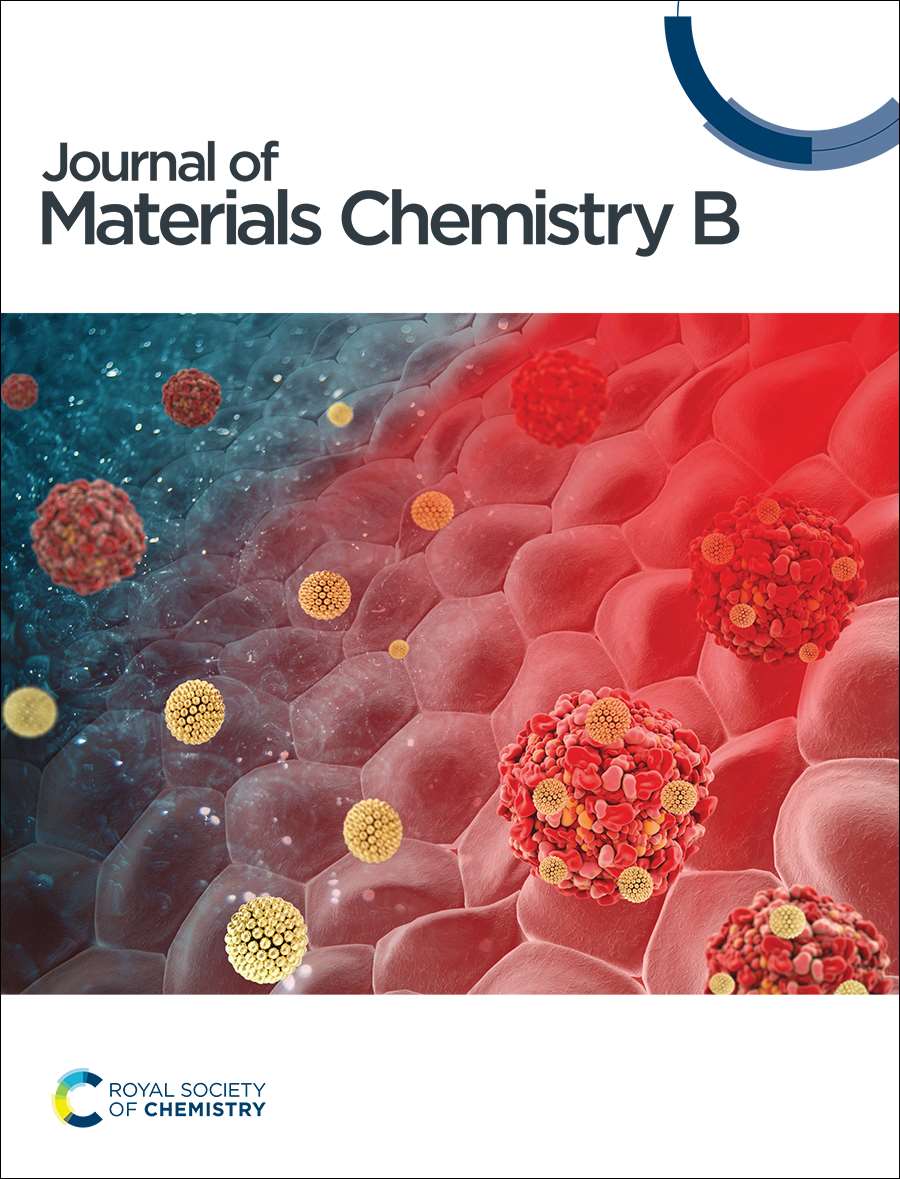高性能锂离子电池负极互连多孔MnO纳米片
IF 6.1
3区 医学
Q1 MATERIALS SCIENCE, BIOMATERIALS
引用次数: 166
摘要
利用水热法合成的二氧化锰前驱体在氢气中还原,制备了泡沫镍表面互连多孔二氧化锰纳米片。该结构被应用于锂离子电池作为电极。与合成的二氧化锰阳极相比,多孔二氧化锰纳米片具有更好的循环稳定性和速率性能。在246 mA g−1的电流密度下,二次放电获得了568.7 mA h g−1的高可逆容量。在高达2460 mA g−1的电流密度下循环后,在第200次充放电循环时,其容量仍保持在708.4 mA h g−1,在高达2460 mA g−1的电流密度下,其容量达到376.4 mA h g−1,表明在Ni泡沫上生长的多孔MnO纳米片结构是一种很有前途的锂离子电池电极。本文章由计算机程序翻译,如有差异,请以英文原文为准。
Interconnected porous MnO nanoflakes for high-performance lithium ion battery anodes
Interconnected porous MnO nanoflakes on nickel foam were prepared by a reduction of hydrothermal synthesized MnO2 precursor in hydrogen. The architectures were applied to lithium ion batteries as electrodes. Compared with the as-synthesized MnO2 anode, porous MnO nanoflakes showed superior cycling stability and rate performance. A high reversible capacity of 568.7 mA h g−1 was obtained at a current density of 246 mA g−1 for the second discharge. It retained a capacity of 708.4 mA h g−1 at the 200th charge–discharge cycle after cycling with various current densities up to 2460 mA g−1 and delivered a capacity of 376.4 mA h g−1 at a current density as high as 2460 mA g−1, indicating that the architecture of the porous MnO nanoflakes grown on Ni foam is a promising electrode for lithium ion batteries.
求助全文
通过发布文献求助,成功后即可免费获取论文全文。
去求助
来源期刊

Journal of Materials Chemistry B
MATERIALS SCIENCE, BIOMATERIALS-
CiteScore
11.50
自引率
4.30%
发文量
866
期刊介绍:
Journal of Materials Chemistry A, B & C cover high quality studies across all fields of materials chemistry. The journals focus on those theoretical or experimental studies that report new understanding, applications, properties and synthesis of materials. Journal of Materials Chemistry A, B & C are separated by the intended application of the material studied. Broadly, applications in energy and sustainability are of interest to Journal of Materials Chemistry A, applications in biology and medicine are of interest to Journal of Materials Chemistry B, and applications in optical, magnetic and electronic devices are of interest to Journal of Materials Chemistry C.Journal of Materials Chemistry B is a Transformative Journal and Plan S compliant. Example topic areas within the scope of Journal of Materials Chemistry B are listed below. This list is neither exhaustive nor exclusive:
Antifouling coatings
Biocompatible materials
Bioelectronics
Bioimaging
Biomimetics
Biomineralisation
Bionics
Biosensors
Diagnostics
Drug delivery
Gene delivery
Immunobiology
Nanomedicine
Regenerative medicine & Tissue engineering
Scaffolds
Soft robotics
Stem cells
Therapeutic devices
 求助内容:
求助内容: 应助结果提醒方式:
应助结果提醒方式:


